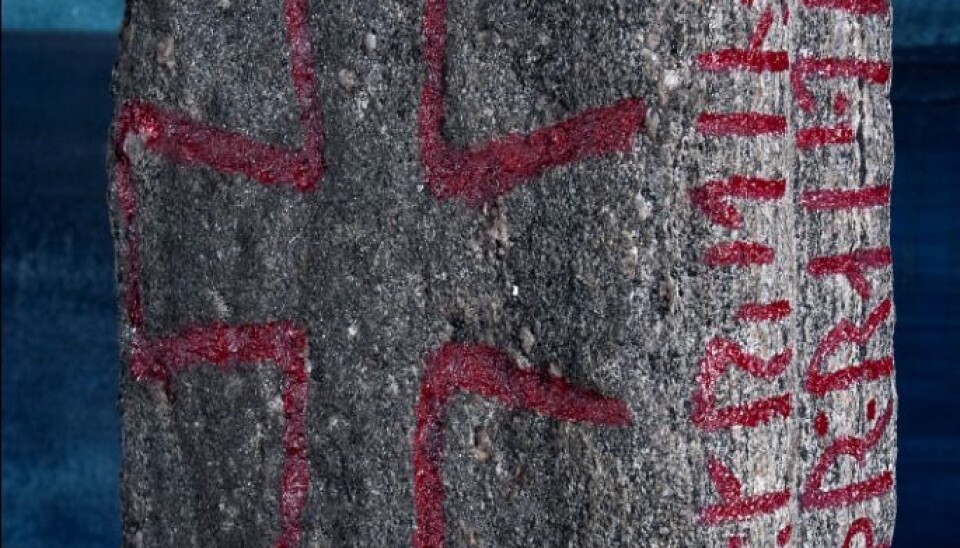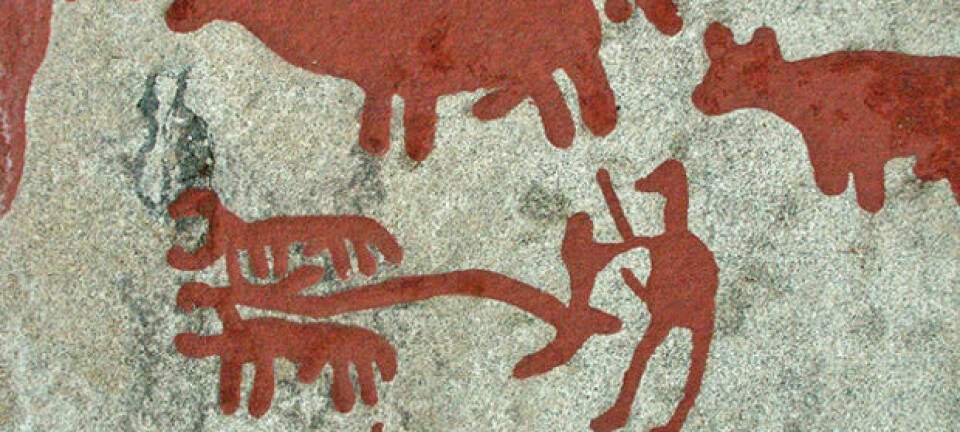An article from Norwegian SciTech News at NTNU

Unique runestone made world heritage
A unique runestone, which is the first to mention ‘Norway’ as a country, has been added to a list of world heritage documents of international importance.
Denne artikkelen er over ti år gammel og kan inneholde utdatert informasjon.
‘The Kuli Stone’ is the oldest object to be included on the newly-launched list of Norwegian documents to be included in UNESCO's Memory of the World programme.
The programme is an international register of documents regarded as important aspects of our shared international heritage. The Norwegian version was launched in February and lists documents that are especially important in Norway's history and to its cultural heritage.
The text on the Kuli Stone is the first known occurrence and use of the term ‘Nóregi’ – meaning ‘Norway’. The stone has additional importance as it also dates the establishment of Christianity in the country in a phrase which is often transcribed as "… twelve winters Christianity had been in Norway".
Old and accessible
The Kuli Stone was originally raised on the island of Kuløy, outside the town Kristiansund on Norway's northwestern coast. It is 1.90 metres tall, has a carved cross on one broad side, and two lines of runic inscriptions on one narrow side.
The runes have been written in the younger runic alphabet, which was in use around 800-1400 AD. Eighty runes are still visible, but breakage at the top of the stone suggests the text might have been longer.
The runestone came to what is now the NTNU Museum of Natural History and Archaeology in 1913. The runic inscription was all but invisible and forgotten until a chance discovery by curator Aslak Liestøl in 1956.
The Kuli Stone can be viewed in the museums' medieval exhibition. A copy of the stone has been erected at Kuløy, at the spot where it is believed to have originally been placed. This makes it one of the more accessible objects on the new document register – in addition to being the oldest.
































